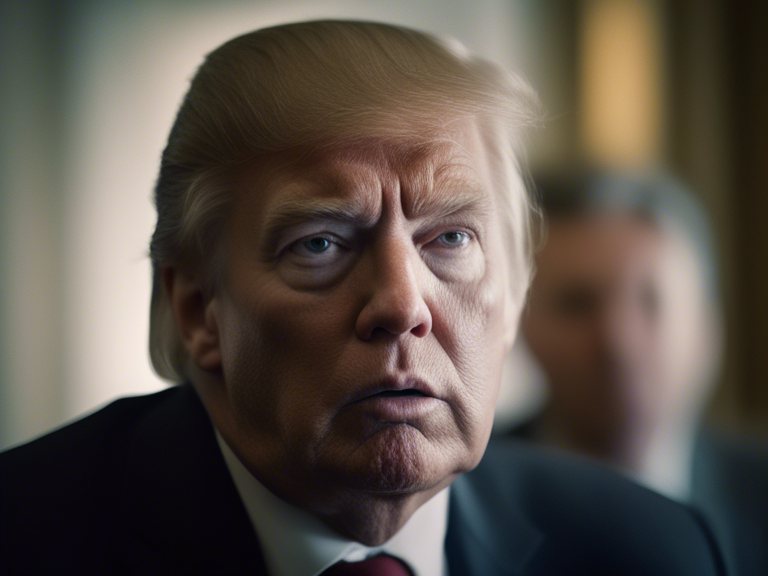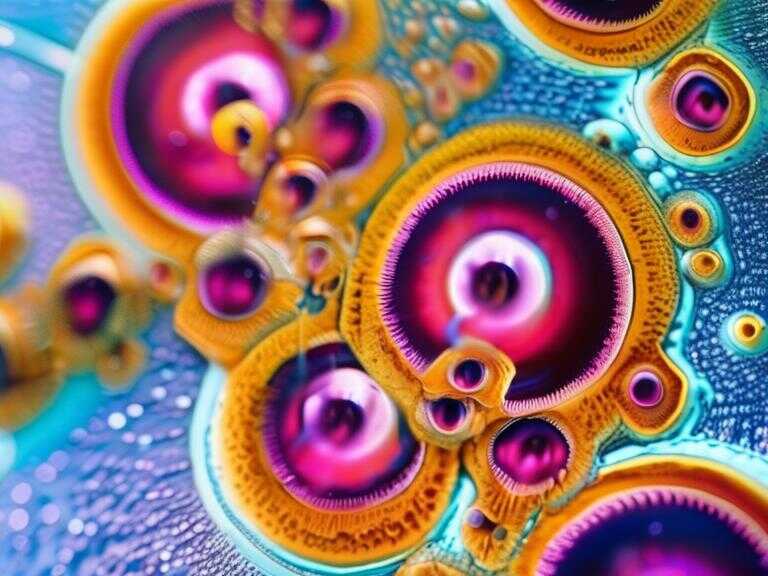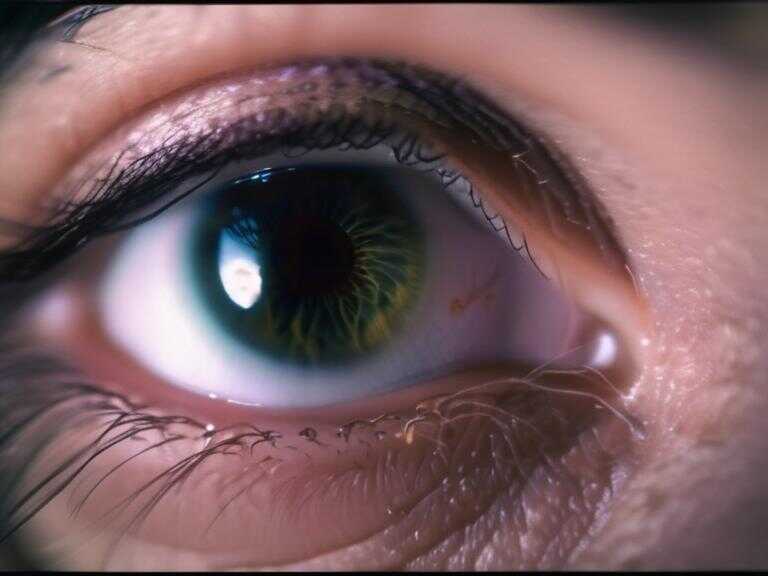
The Rise of AI-Generated Fake Images and Their Impact on Celebrities

AI-Generated Fake Images and the Taylor Swift Controversy
A recent study has revealed that the fake and graphic images of Taylor Swift that flooded social media in late January originated from a chatroom challenge aimed at circumventing filters designed to prevent the creation of AI-generated pornography. The images, which quickly spread across various platforms, were traced back to a forum on 4chan, a platform known for sharing controversial content.
Origin and Purpose of Fake Images
According to the report by Graphika, a social network analysis firm, the 4chan users created the fake images as part of a challenge to bypass the guardrails of AI-powered image generator tools such as OpenAI's DALL-E, Microsoft Designer, and Bing Image Creator. The aim was to create lewd and sometimes violent visuals of famous women, including singers and politicians.
Implications and Response
The study highlighted that the issue of AI-generated non-consensual intimate images goes beyond Taylor Swift, with various public figures and even school children being potential targets. This underscores the need for greater vigilance and safeguards against such misuse of AI technology.
OpenAI confirmed that the explicit images of Taylor Swift were not generated using ChatGPT or its API, and stated that they apply safety measures to filter out explicit content and prevent requests for public figures or explicit materials. Microsoft also expressed its commitment to investigating the images and enhancing its safety systems to prevent the misuse of its services.
The distribution of the fake images prompted X (formerly known as Twitter) to temporarily block searches for Taylor Swift, leading her fanbase to launch a #ProtectTaylorSwift campaign on the platform. The Screen Actors Guild condemned the images, calling for legal measures to address the dissemination of fake images without consent, especially those of a lewd nature.
Wider Impact and Regulatory Needs
Furthermore, the report shed light on the phenomenon of generative AI tools fueling the creation and dissemination of pornographic "deepfake" images, including those of celebrities. Additionally, AI-generated content has been used for various other deceptive purposes, as seen in an instance where a video featuring Swift's likeness endorsing a fake cookware giveaway circulated online.
In response to these developments, Le Creuset issued an apology for the misleading video. This incident underscores the growing need for robust regulations and safeguards to address the misuse of AI-generated content and protect individuals, especially public figures, from such deceptive practices.
Looking Ahead
The study's findings serve as a reminder of the challenges posed by the proliferation of AI-generated fake images and the urgent need for comprehensive measures to prevent their creation and dissemination. As the use of AI technology continues to evolve, it is essential to prioritize the ethical and responsible use of these tools to safeguard individuals and mitigate the potential harm caused by deceptive and non-consensual AI-generated content.
Share news















